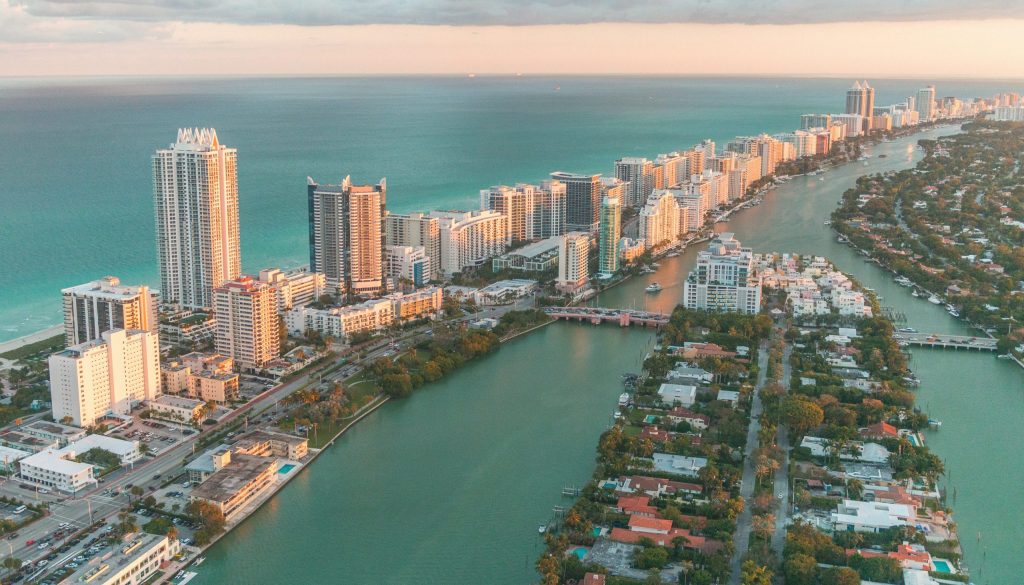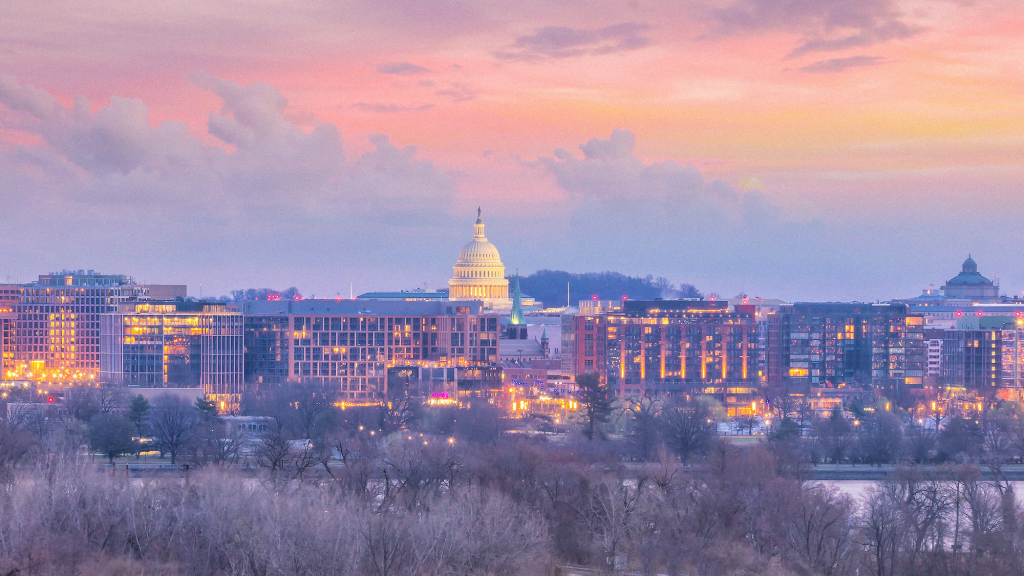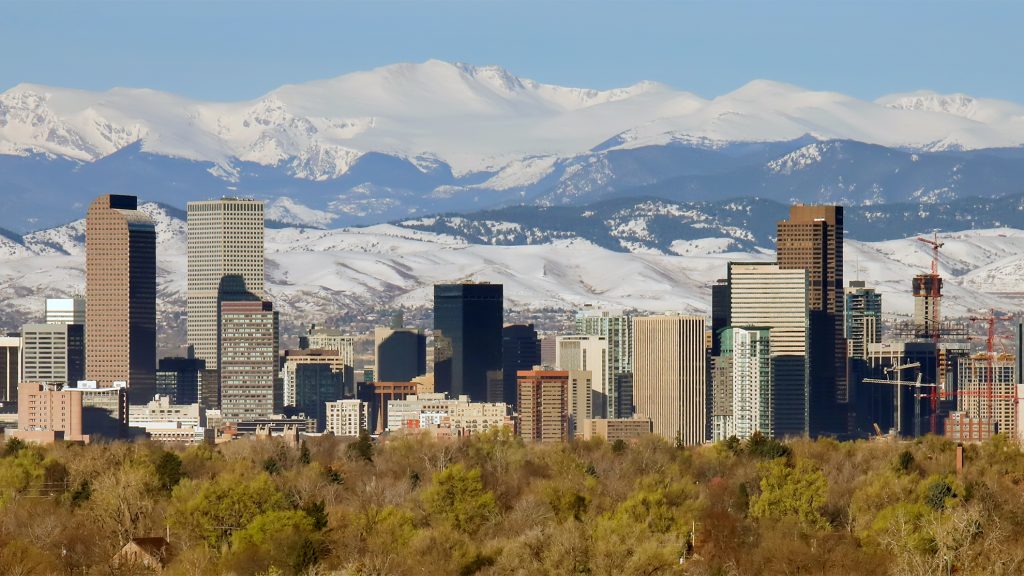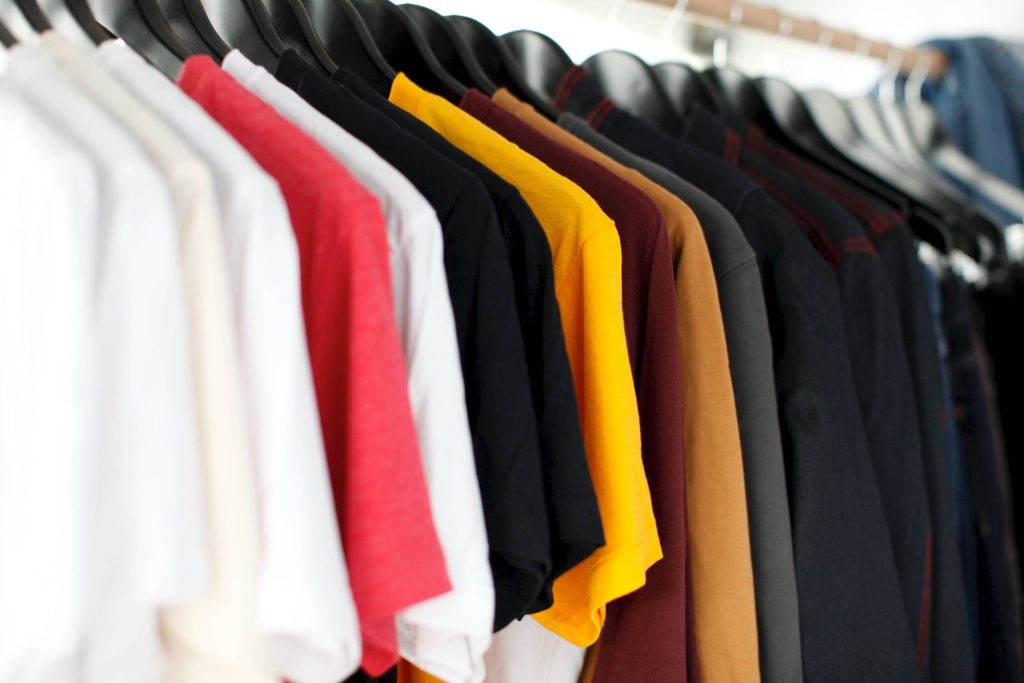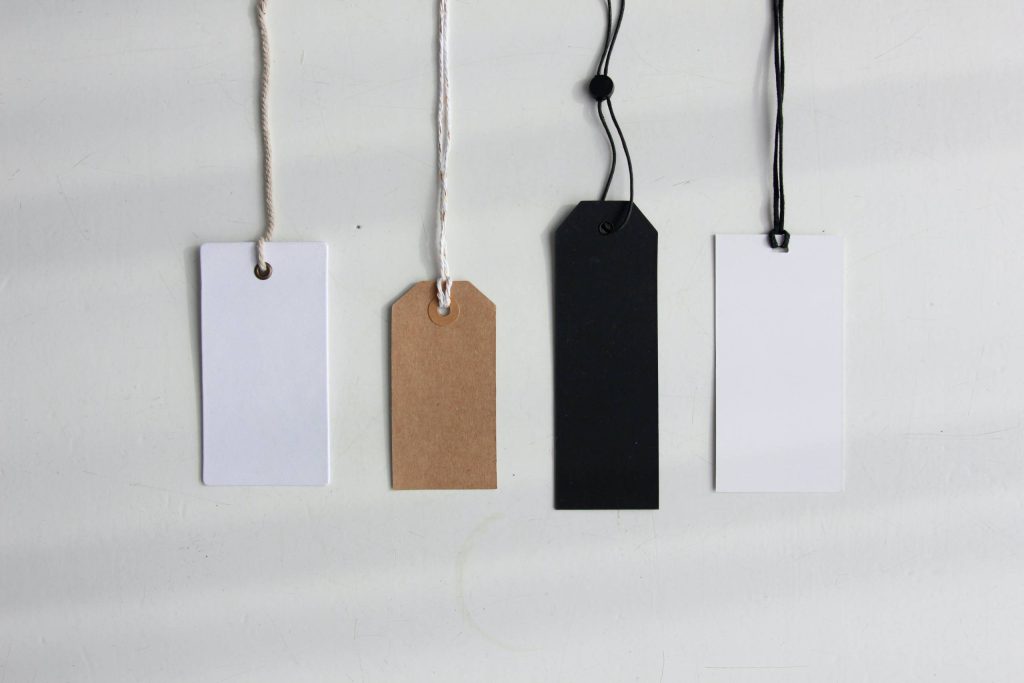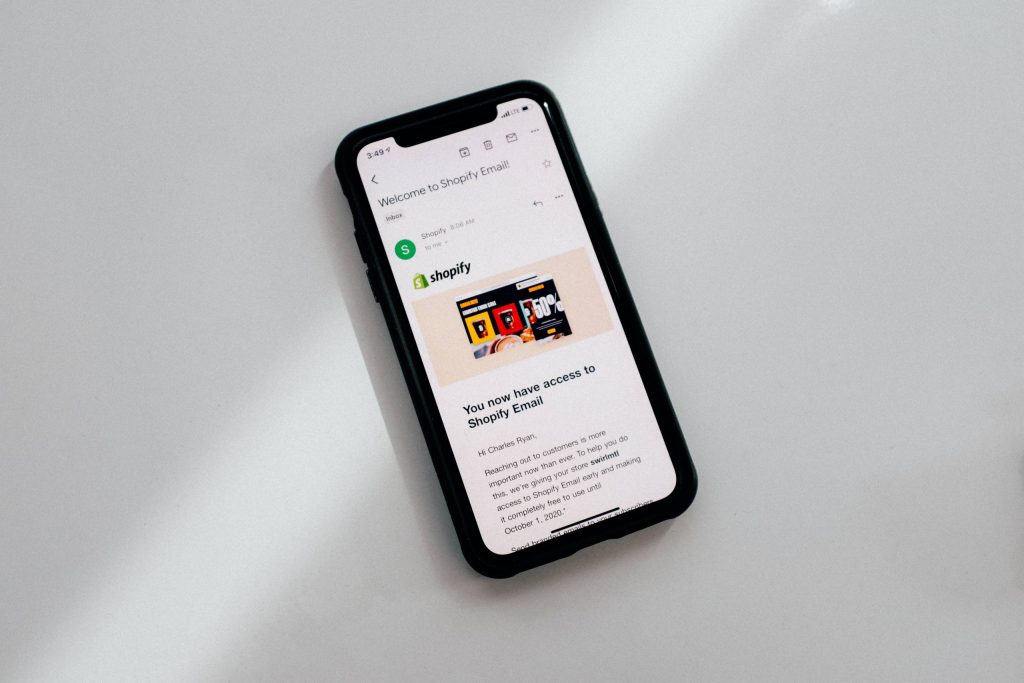Everything You Need to Know About Living in Huntsville, Alabama
We found out everything you wanted to know about the makes the Rocket City so great to live in from the people that call it home. Download our Huntsville, AL Research Report to review all of the details.



